Inside the incredible Private Gardens at Petworth House, a space with 'a sense of privacy and intimacy' at one of Britain's great houses
Non Morris tours the Private Gardens at Petworth House, West Sussex , the home of Lord and Lady Egremont, and finds a secluded garden within the landscaped acres that’s been managed with great charm and panache. Photographs by Val Corbett.

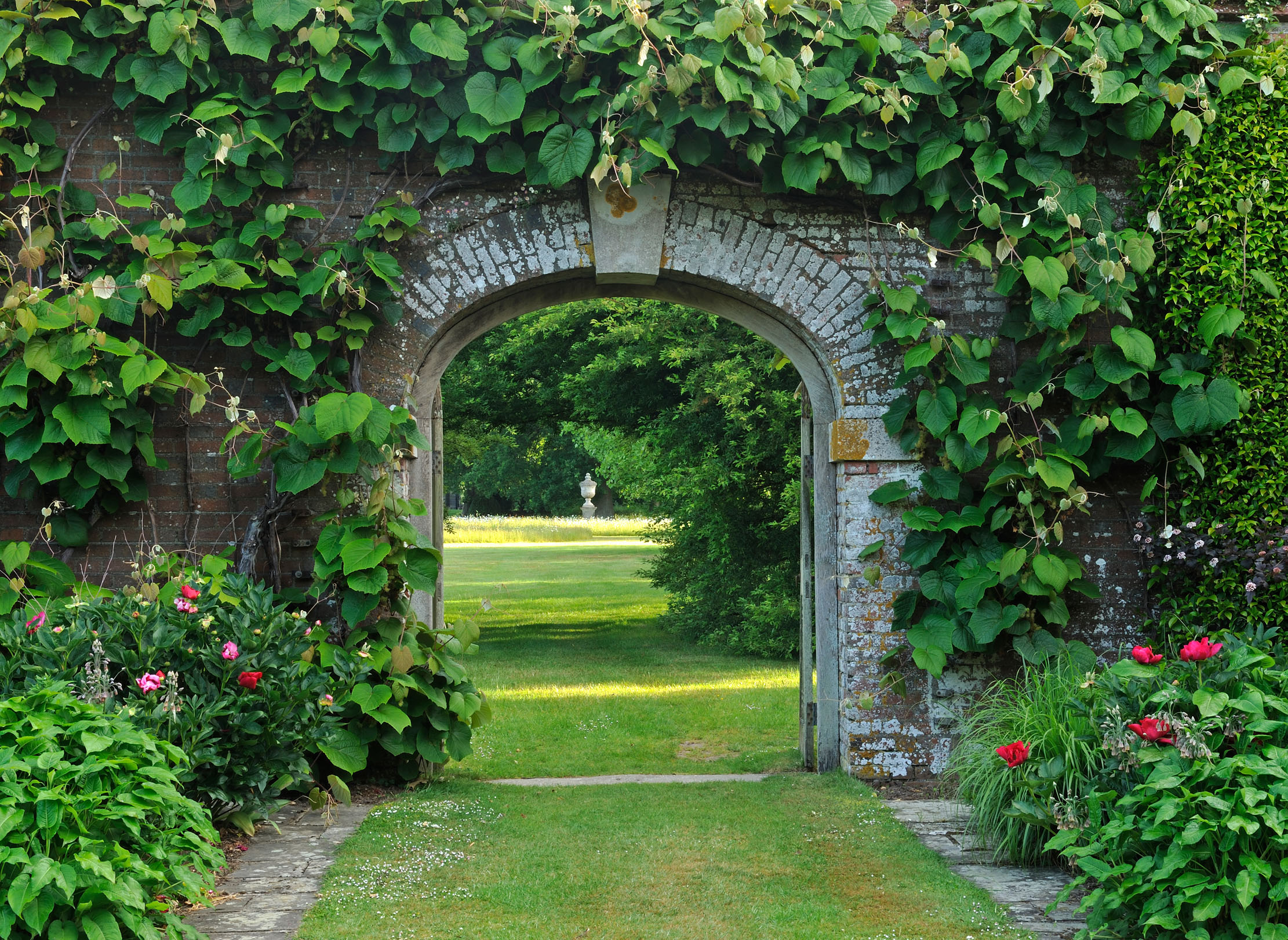
When Caroline Nelson married novelist and biographer Max, 2nd Baron Egremont, in 1978 and came to live at Petworth House, she knew little about gardening. She was, however, clear that she wanted both to celebrate the extraordinary position of their garden on the private side of the 17th-century house and to create a sense of privacy and intimacy.
‘At night when I look out onto the park, I can see the deer snoozing below my window,’ she says of the view over 700 acres of Capability Brown parkland. Stands of oak and a glittering stretch of lake extend right up to the house, with only the slimmest of terraces and a rounded bastion-shaped ha-ha to separate public from private.
‘The scale of everything here has been very influential. The vast landscape that reaches out from the house as far as the eye can see comes right up to the windows, but the real garden, the walled flowery garden, is out of sight 250 yards away. I wanted to give the sense of the park sweeping over the ha-ha onto the South Lawn and to make here a garden of simple walks, vistas and green glades.’
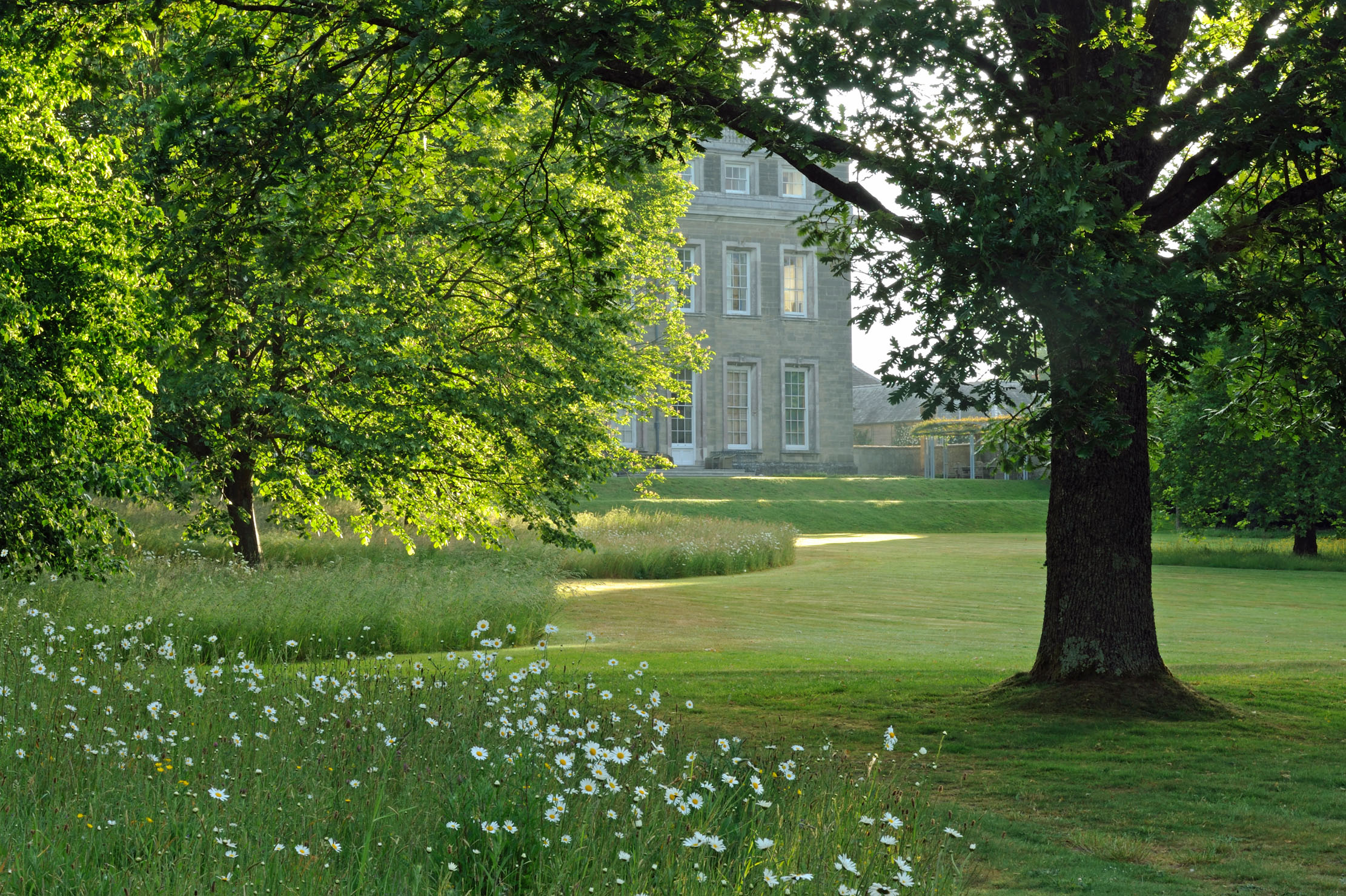
Caroline became friends with the garden writer Laurence Fleming when he came to Petworth to film for a series called The English Garden with Sir John Gielgud. Together, they started to think about ways to soften this part of the garden. ‘It looked a bit like a golf course crossed by a wide gravel path like a drive. My mother-in-law used to back her Jaguar down to a turning circle by the William Kent urn and drive across the lawn to load up with fruit and flowers from the kitchen garden to take to her house in London.’
The severe expanses of gravel were replaced by curving lawn paths, softly edged with scalloped glades of long grass brimming with wildflowers, thousands of which were home-grown from seed and planted as plugs. From her childhood on the west coast of Scotland, Caroline brought a deep understanding of trees and when it came to selecting new oaks, chestnuts and limes to extend the parkland atmosphere to the South Lawn, she sought further advice from her brother, tree expert Lorne Nelson.

Once the new framework was in place, the magic could really begin. Two further carved stone urns were placed and encircled by planting to create the gentlest of invitations and half-hidden views. The original Kent urn now emerges from a carpet of meadow cranesbill and ox-eye daisies and a stone Pope’s urn marks the centre of a circle of yellow-fruiting Malus transitoria.
The unpruned branches of the crab apples swoop gracefully to the ground, where an underplanting of sweet woodruff (Galium odoratum) forms improbably perfect discs of lacy white under each tree. Looking back to the house from this spot, the trees filtering the haze of the Petworth sunset so loved by Turner, you can just see the bottom two windows, the foreground draped in green.
Exquisite houses, the beauty of Nature, and how to get the most from your life, straight to your inbox.
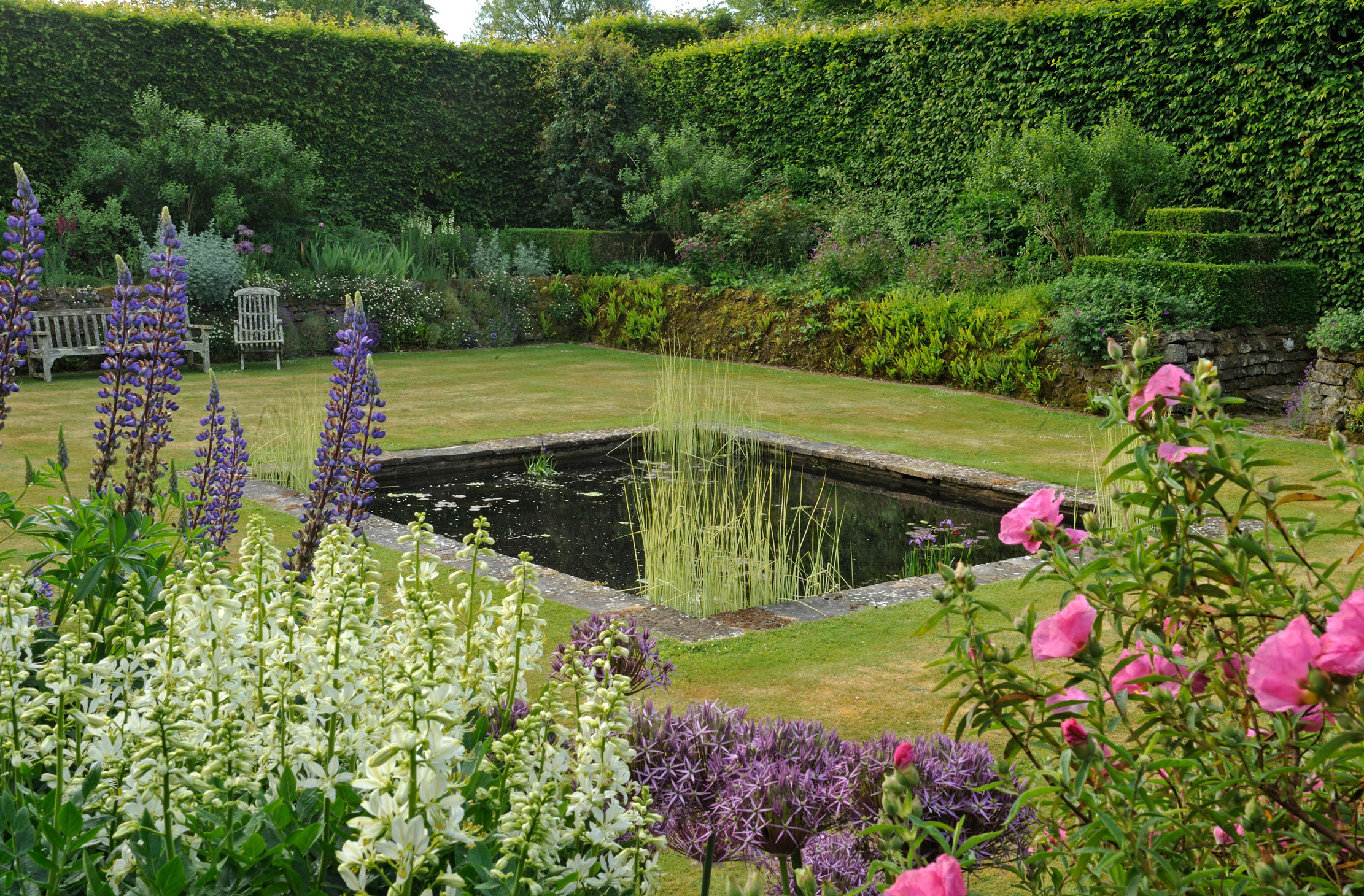
‘Massed planting has been the key here,’ Caroline says of the grove of multi-stem Amelanchier lamarckii and another of Cornus nuttallii, trees that have their moment before receding gently into the background. Everything is exquisitely underplanted — a pool of white dog’s-tooth violet illuminates the spidery yellow flowers of a group of witch hazel — and she is pleased to discover the bright pink Viola odorata Melanie is spreading out to form a ring under an ancient horse chestnut.
The six-acre Walled Garden reached a zenith in the mid 20th century under the reign of Petworth’s head gardener (and subsequent TV personality) Fred Streeter and his 30-man team. Standards had been high. If lunch was served at 1pm, the asparagus would not be cut until 12 noon. Yet by the late 1970s, much had changed. Part of the entrance archway was bricked in, a derelict tennis court stood where the glasshouses had been and, although the 1930s sunken garden remained, together with an area for growing vegetables, most of the large walled enclosure had been turned to grass for horses.
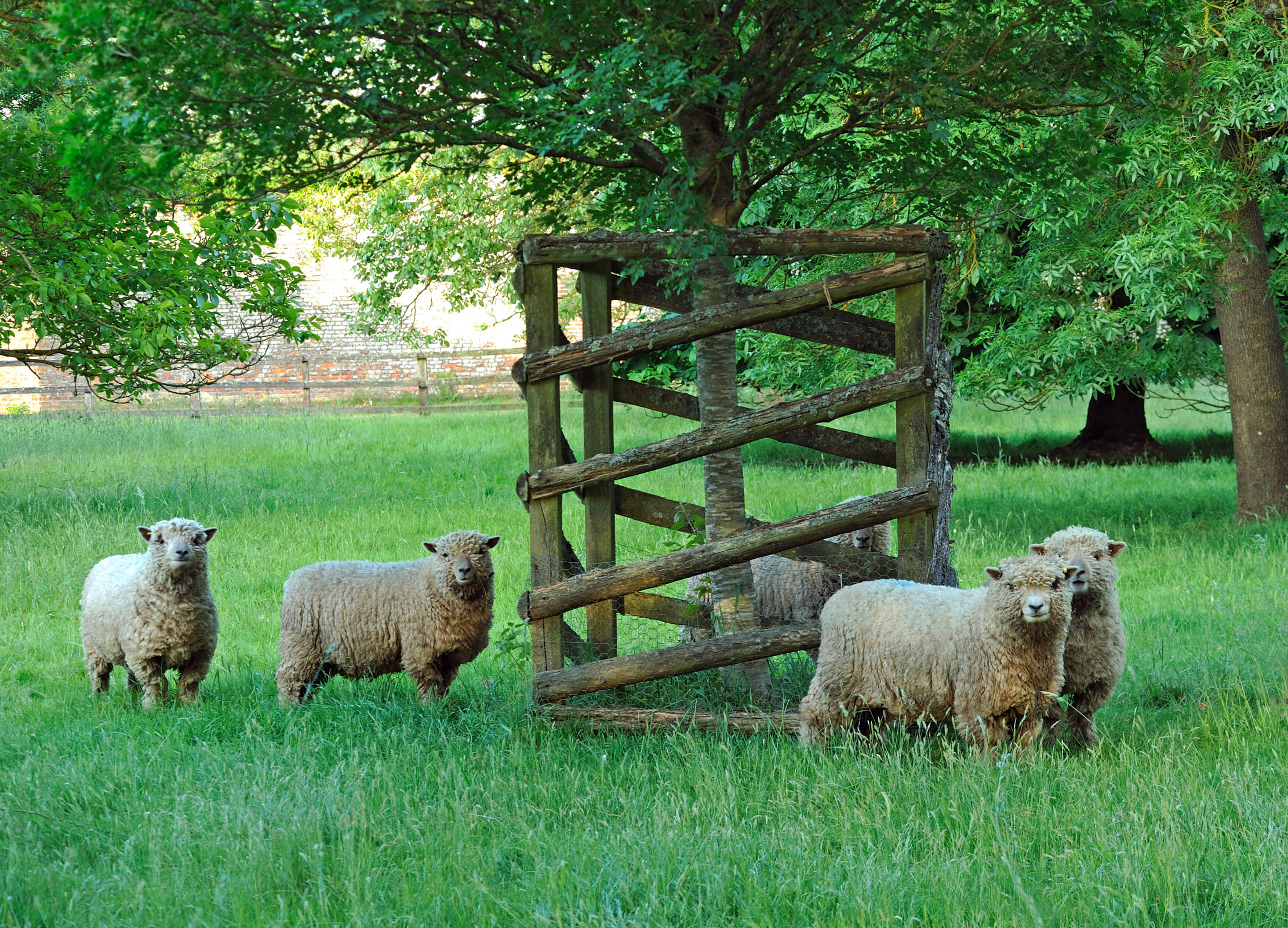
Caroline set about covering the south-facing walls with pale yellow and white roses — Alister Stella Gray, Cooperi and Mermaid — and planted the north-facing walls with climbers, such as Schisandra rubrifolia, which has hanging fruit like tiny cherries, and the delightful cream form of Akebia quinata. The interior was further divided with yew hedges and runs of hornbeam. A legacy of Streeter was the extraordinary soil. Double dug throughout, it meant that everything took off with gusto.
Lord and Lady Egremont had no wish to play tennis, but they did put in a swimming pool, which has tremendous open-air changing rooms of clipped yew. The tennis court has become the Cloister Garden with two 120ft-long pergolas draped with Wisteria floribunda Alba.
At its centre, a gravel garden surrounds a circular spring-fed pool. The planting here is influenced by the designer John Brookes, who taught Caroline at Kew when she wanted to extend her landscaping knowledge and for whom she worked as an apprentice for three years. There is a relaxed Mediterranean feel here, with stands of translucent Iris pallida, velvety Gallica roses and an organically pruned lavender ‘moulding its way’ around the water’s edge.
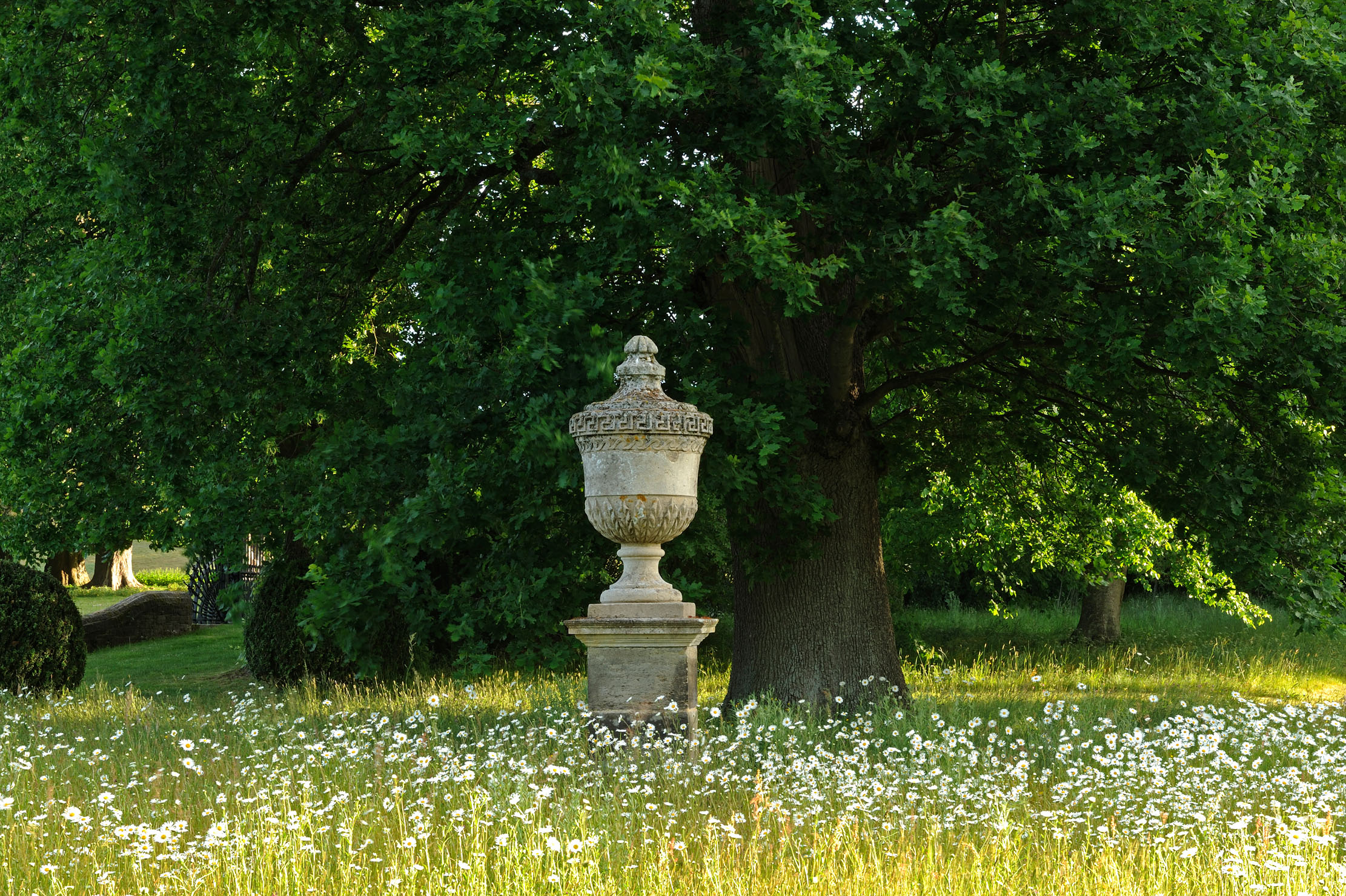
The Walled Garden offers a series of surprises. Head gardener Jonathan Arnold is growing cut flowers in the kitchen garden for a family wedding later in the year and there is an orchard of old apple varieties, with half an acre given over to Southdown sheep. Their field is enclosed by a particularly handsome split-oak fence made on the estate, with the bark left on to encourage the lichen.
Elsewhere, climbing roses have been trained over double rows of this same fencing to create fragrant walks. There are stretches of Rosa mutabilis, eglantine and honeysuckle and — the triumph — a run of the headily scented, crinkle-flowered Rosa banksiae var. normalis set against rows of Malus hupehensis. The scent of rose and crab apple flowering together is a magical combination.
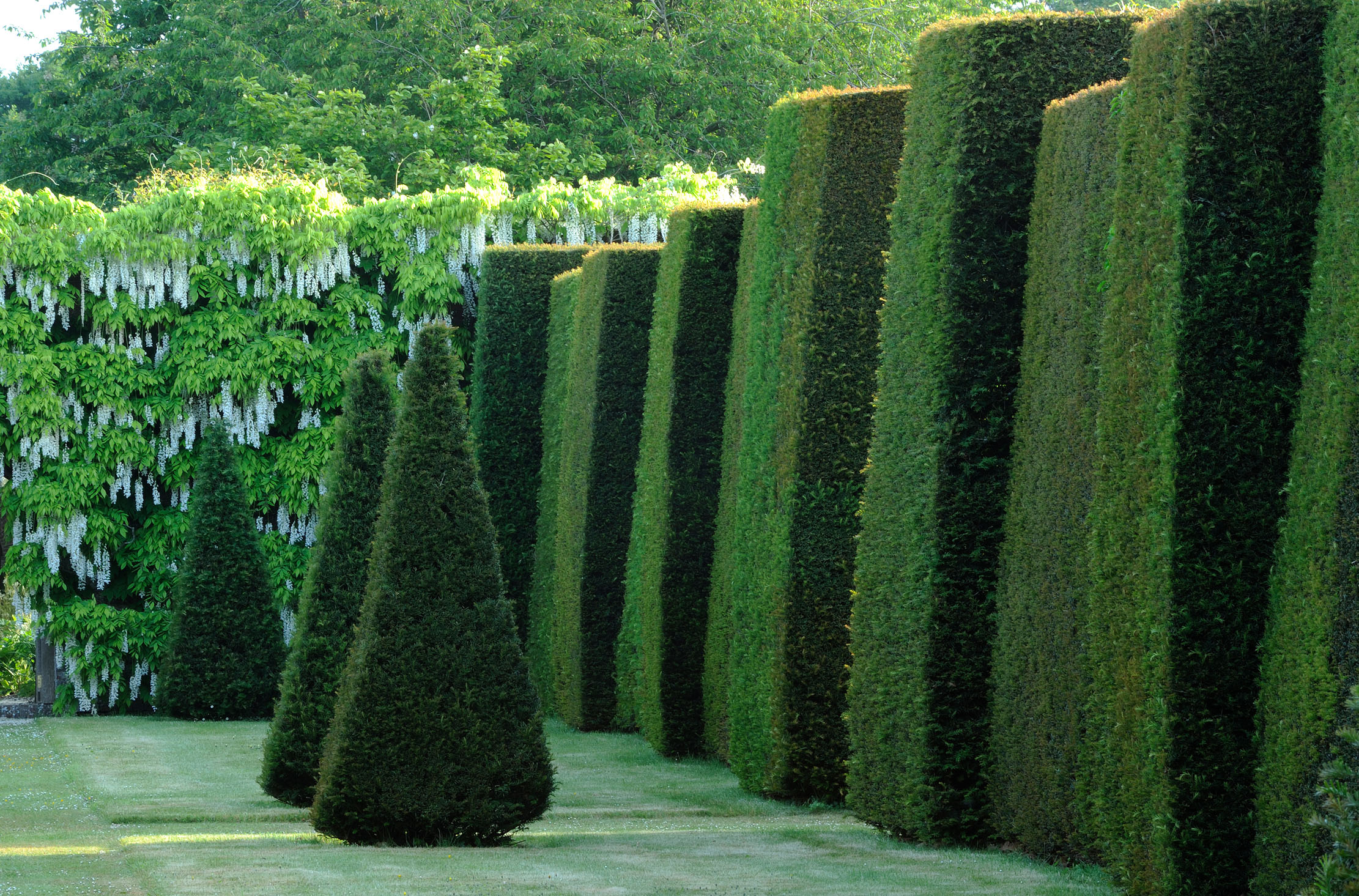
At the heart of the Walled Garden, where the air is alive with birdsong, is the Green Garden. Here, within towering walls of velvety yew, half-hidden among the fine grasses and a stand of golden rain trees (Koelreuteria paniculata) is a pair of white-cushioned steamer chairs. It comes as no surprise to learn that when Mr Brookes visited he commented: ‘When I come into your garden, it makes me want to lie down and go to sleep.’
The ultimate accolade, perhaps, for this enchanting and beautifully nurtured garden, which has entirely fulfilled its original brief.
Find out more about Petworth House and Park at www.nationaltrust.org.uk/petworth-house-and-park

Petworth: What to do, where to stay and what to eat in one of Sussex's most charming towns
Melanie Bryan spent a weekend in Petworth, the picture-perfect market town in the South Downs that boasts superb shopping, food
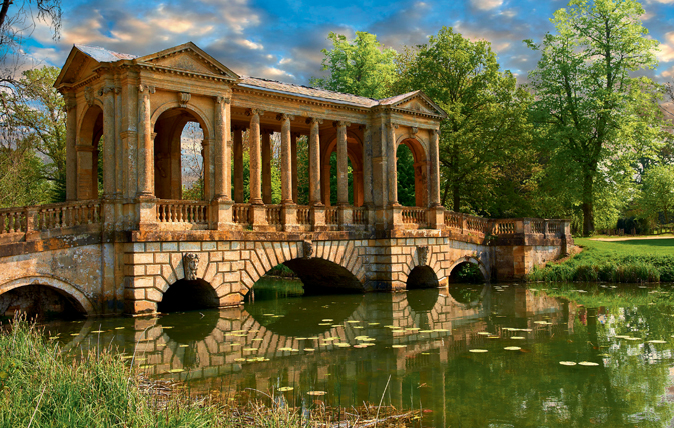
10 must-see Capability Brown landscapes to visit
Our favourite views conceived by England's greatest gardener.
